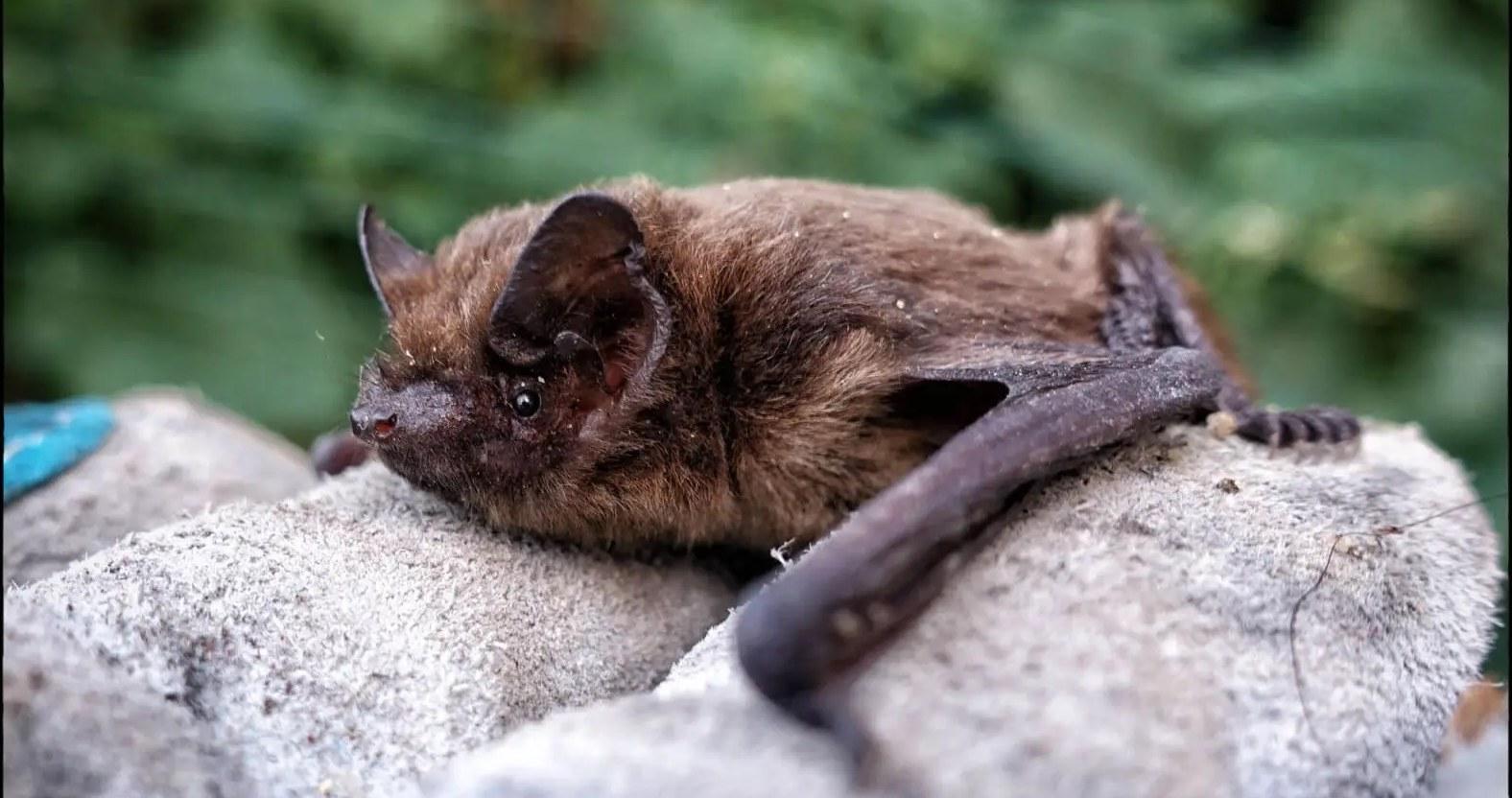Subscribe to trusted local news
In a time of both misinformation and too much information, quality journalism is more crucial than ever. By subscribing, you can help us get the story right.
- Subscription costs less than £1 a week with an annual plan.
Already a subscriber? Log in here.
28
Oct 2024
Bat surveys come to different conclusions in battle for Rotary Wood

Exactly how important a habitat Rotary Wood is for bats has become a matter for debate after two surveys came to different conclusions.
Rotary Wood is the portion of community woodland standing in the way of Harrogate Spring Water’s expansion plans. The company wants to cut it down to build a bigger bottling plant, but campaigners object, citing environmental concerns.
Aiming to allay at least one of these, Harrogate Spring Water commissioned a bat survey by Guiseley-based environmental consultants Brooks Ecological, which concluded that the site attracted “very low levels of bat activity, attributed to common bat species”.
But another survey, commissioned by Pinewoods Conservation Group and carried out by Knaresborough-based Smeeden Foreman, found that “habitats on site were assessed as providing moderate to high value to commuting and foraging bats".
While both consultancies used similar equipment to measure and record bat activity, the differences in their findings appear to stem from differences in methodology.
Acting for Harrogate Spring Water, Brooks Ecological took its readings over two months in autumn and spring (September 2023 and May 2024) when it said invertebrate activity – in other words, bat-food on the wing – was “moderate” or “low”.
By contrast, Smeeden Foreman measured activity over longer periods, from late spring into summer – May, June, July and August 2024 – when flying insects may have been more in evidence.
So Smeeden Foreman’s survey period was about twice as long as Brooks Ecological’s, but it detected nearly 10 times as many bats – 5,501 as opposed to Brooks’ 565.
A spokesperson for Pinewoods Conservation Group said:
The independently commissioned survey carried out during spring and summer gives a much fairer representation of the bat life that we know exists in and around Rotary Woods.
Since the creation of Pinewoods Conservation Group there has been a constant effort in encouraging increases in both bird and bat population, with over 100 habitat boxes erected.
This survey confirms that the loss of Rotary Wood is going to have a marked effect on the ecology of the area, and we hope this will be acknowledged as part of the planning process by the various consultees.
Both surveys detected the presence of seven of the 10 species of bat known to live in North Yorkshire, the most common being the common pipistrelle. The others were the soprano pipistrelle, the noctule bat, Daubenton’s bat, Natterer’s bat, the brown long-eared bat, and the whiskered bat or Brandt’s bat – the equipment was unable to distinguish which.
'Difficult to comment'
The Stray Ferret approached Harrogate Spring Water for comment. A spokesperson said:
Without being able to see the bat survey report from Smeeden Foreman, it is difficult for us to comment on its contents.
The independent survey which we commissioned from Brooks Ecological was carried out by an experienced, fully qualified ecologist in line with all relevant guidance. In terms of the timing of the survey, this was fully in accordance with the request made by North Yorkshire Council’s ecologist to undertake a survey in spring or summer 2024.
It is important to note the bat detection numbers in this survey and in all bat surveys do not represent the number of bats but the number of bat movements past a sensor. So, a single bat can be responsible for multiple detections.
The spokesperson also said factors such as weather and the location of sensors can also impact the number of bat movements detected.
They added:
It is also logical that the length of time sensors are deployed can impact the number of movements detected.
We do not know the exact location(s) chosen for the detectors by Smeeden Foreman so it is difficult for us to compare their bat movement figures with those of our independent report.
The sensors placed as part of our independent report, however, covered the area of woodland subject to our expansion. It is worth noting that the vast majority of movement detected were in areas that will be retained as part of our plans.
3